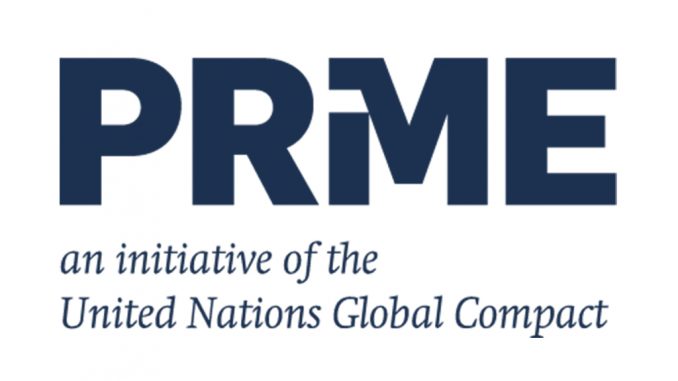Illiteracy among the new immigrants is proving to be a problem in the quest to integrate them. Data from BAMF showed that the number has been in a sharp increase since 2017 with 22 percent of students who are taking integration courses identified as “illiterate”.
The Federal Office for Migration and Refugees (BAMF) has been tracking integration programs and their effectiveness on immigrants. Recently, it conducted an evaluation to determine how the integration courses are faring in Germany. The results of the research were reassuring with many saying that the integration courses had benefitted them greatly.
BAMF, however, was quick to learn that there was a problem with the whole integration courses; illiteracy. The levels of immigrants and refugees arriving in Germany had increased significantly since 2015, and so did the number of immigrants with low learning skills. Integrating them into this system has proved to be a difficult task since they have to start from the basics.
The data for literate and illiterate varied heavily according to BAMF who found out that for literate immigrants and refugees who had arrived within the same timeframe.
Literate immigrants had a 93 percent success rate in completing the German level A2 or higher. The data also showed that overall, for immigrants who had attended the course, 61 percent indicated that they had confidence in their level of the German language.
This is great compared to only 17 percent who had confidence in having not attended the integration courses.
Solution to illiteracy for German integration program
There has been a sharp increase in the number of integration courses in Germany with 22 percent of participants taking the German integration courses already enrolled in Illiterate integration courses. The number has been on the rise in the last two years.
BAMF also said,
Participants in the literacy course often come together with several unfavourable factors.
They highlighted that some of these immigrants and refugees had traumas, childcare obligations, and other factors that make it harder for them to succeed in these programs.
The program has also come under criticism for failing to come up with a good framework to ensure high levels of success rate. It was also criticized for having long waitlists where students sometimes became tired of waiting and quit the program altogether.
The program also came under fire for not reaching out to women. The solution that was offered in order to have more women take the courses was better childcare programs that would free women so that they can participate. This was according to Integration expert Gökay Akbulut.
The integration courses curriculum is designed by the German government. It is meant to help new arrivals integrate into German society with ease. The courses also cover German laws, politics and societal values.
Illiteracy of migrants is a bane anywhere, not necessarily academics, but integrating with a nation’s societal values is of utmost importance in minimizing friction with a country’s citizens. Language, economic independence through productive skills and values are required by the new German integration law.
Gr







